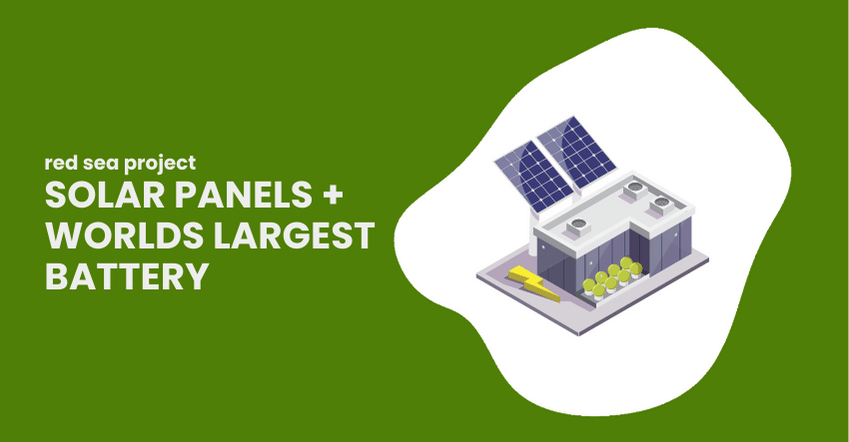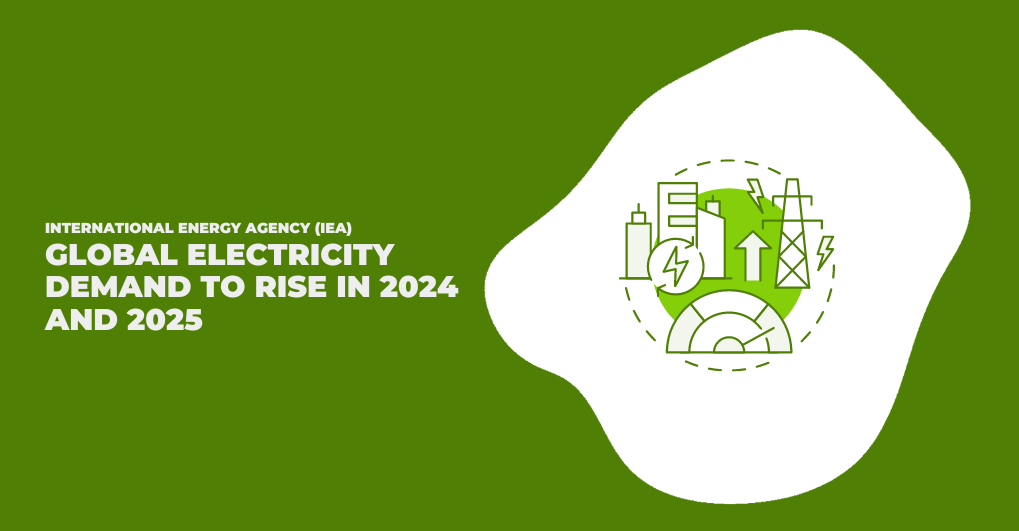Summary
Saudi Arabia’s Red Sea Project has achieved a groundbreaking milestone with the installation of 750,000 solar panels, marking a significant step towards creating an environmentally friendly tourist destination and establishing the country as a global hub for renewable energy. The project’s integration of the world’s largest battery-based energy storage solution ensures a continuous power supply, further solidifying its commitment to sustainable and uninterrupted operations.
Deep Dive
First unveiled in 2017, the Red Sea property megaproject is situated on Saudi Arabia’s western coast. With a goal to be fully operational by 2030, the project hopes to feature 50 resorts encompassing 8,000 rooms and over 1,000 residential buildings spread across 22 islands and six inland areas.
The first phase, which includes 16 hotels, retail, and entertainment venues, will be powered entirely by solar energy generated through the installation of 750,000 solar panels. By relying on renewable energy sources, Saudi Arabia seeks to establish itself as a global hub for tourism and businesses by diversifying its economy away from oil dependence.
An Ideal Location for Solar
Saudi Arabia’s abundant dry and arid regions make it an ideal location to harness the power of solar energy. By leveraging its natural resources, the Red Sea Project serves as a testament to what can be accomplished through solar power alone. The solar panels installed across the project will contribute to delivering 100 percent grid independence, ensuring a sustainable and reliable energy source for the forthcoming holiday destination.
24/7 Power Supply with the World’s Largest Battery
To overcome the challenge of downtime in solar power generation, the Red Sea Project plans to integrate the world’s largest battery-based energy storage solution. This innovative facility is anticipated to have a storage capacity of 1,200 megawatt-hours (MWh), providing grid independence for the entire project. By coupling solar panels with battery storage, the Red Sea Project intends to ensure a continuous power supply, further solidifying its commitment to sustainable and uninterrupted operations. Once completed, this project promises to be a spectacular model for large-scale green projects around the world.
On Route to Net-Zero
The Red Sea Project holds profound significance for Saudi Arabia’s vision of achieving net-zero emissions by 2060. Saudi Arabia’s transition from an oil-dependent economy to one that embraces renewable energy marks a turning point in the country’s history. By capitalizing on its strategic location and resources, Saudi Arabia is positioning itself as a dynamic business and tourism hub, ready to shape a sustainable future.
Up, up, and away!
Saudi Arabia’s Red Sea Project serves as an inspiring example of the power of renewable energy and the crucial role of software solutions in managing and maximizing the potential of renewable assets.
The successful implementation of the Red Sea Project highlights the critical need for advanced software solutions to streamline and optimize operations. With vast solar installations and a massive battery storage system, asset managers on the Red Sea Project will likely utilize sophisticated software to monitor and control energy generation, storage, and distribution.
PowerHub enables real-time monitoring, predictive maintenance, and intelligent energy management, which helps asset managers achieve optimal performance and maximize returns on investment. As the renewable energy industry continues to grow, asset managers will rely on advanced software solutions more than ever to effectively manage their assets.
These solutions enable efficient monitoring, control, and optimization of renewable energy systems and ensure a seamless transition towards a sustainable future.




